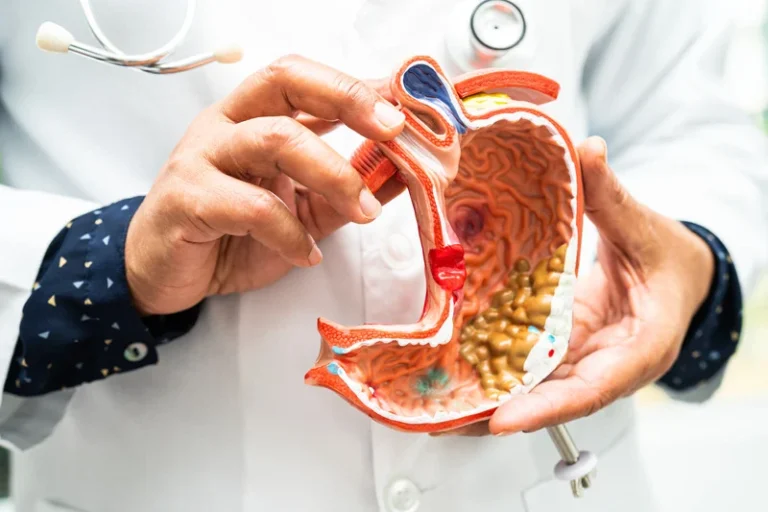Shedding Light on a Complex Gastrointestinal Disorder
Irritable bowel syndrome (IBS) is a common gastrointestinal disorder characterized by a constellation of symptoms, including abdominal pain, bloating, and altered bowel habits. Despite its prevalence and impact on quality of life, the underlying mechanisms and precise etiology of IBS remain elusive. However, recent advancements in medical imaging, particularly PET/MRI, are offering new perspectives and insights into the pathophysiology of this complex condition.
Section 1: Unveiling the Complexity of Irritable Bowel Syndrome
IBS is a multifactorial disorder with diverse clinical manifestations and underlying mechanisms. Factors such as visceral hypersensitivity, altered gut motility, intestinal inflammation, dysbiosis, and psychosocial factors contribute to the pathogenesis of IBS, making it a challenging condition to diagnose and manage.
Section 2: The Role of Medical Imaging in Understanding IBS
Conventional diagnostic approaches for IBS rely on symptom-based criteria and exclude other organic gastrointestinal diseases. However, emerging evidence suggests that structural and functional abnormalities in the gastrointestinal tract may contribute to IBS symptoms. Medical imaging modalities, including MRI and PET, offer valuable insights into gut morphology, motility, visceral sensitivity, and neuroimmune interactions in patients with IBS.
Section 3: Integrating PET/MRI Imaging in IBS Research
PET/MRI imaging combines the strengths of both modalities, allowing for simultaneous assessment of structural, functional, and molecular aspects of the gastrointestinal system. By visualizing neuroimmune interactions, gut-brain axis dysfunction, and alterations in gut microbiota, PET/MRI holds promise in unraveling the complex interplay of factors underlying IBS pathophysiology.
Section 4: Identifying Biomarkers and Subtypes of IBS
One of the challenges in IBS research is the heterogeneity of the condition, with variability in symptom presentation, disease course, and treatment response among individuals. PET/MRI imaging offers a non-invasive approach to identify biomarkers and subtypes of IBS based on distinct pathophysiological mechanisms, paving the way for personalized diagnostic and therapeutic strategies.
Section 5: Mapping Brain-Gut Interactions in IBS
IBS is characterized by bidirectional communication between the brain and the gut, often referred to as the brain-gut axis. PET/MRI imaging enables researchers to investigate alterations in brain structure and function, as well as neurotransmitter activity, in patients with IBS. By elucidating the neural correlates of IBS symptoms, PET/MRI sheds light on the central mechanisms driving gastrointestinal dysfunction.
Section 6: Advancing Precision Medicine in IBS Management
The integration of PET/MRI imaging in IBS research holds potential for advancing precision medicine approaches in disease management. By identifying patient-specific abnormalities and targeting underlying pathophysiological mechanisms, clinicians can tailor treatments, such as dietary modifications, pharmacotherapy, or psychological interventions, to address the unique needs of individuals with IBS.
Section 7: Overcoming Challenges and Limitations
While PET/MRI imaging offers valuable insights into IBS pathophysiology, several challenges and limitations need to be addressed for widespread clinical implementation. These include standardization of imaging protocols, validation of imaging biomarkers, and accessibility of imaging facilities, particularly in resource-limited settings.
Section 8: Collaborative Efforts and Future Directions
Collaboration among researchers, clinicians, and industry stakeholders is essential for advancing PET/MRI imaging in IBS research and clinical practice. Future directions include longitudinal studies to assess disease progression, multicenter trials to validate imaging biomarkers, and integration of imaging data with other omics technologies for comprehensive phenotyping of IBS.
Section 9: Embracing Innovation in IBS Care
As we continue to unravel the mysteries of IBS through PET/MRI imaging, we embark on a journey towards more precise diagnosis, targeted therapy, and improved outcomes for patients with this debilitating condition. By harnessing the power of medical imaging and interdisciplinary collaboration, we strive to transform the landscape of IBS care and enhance the lives of millions affected by this disorder.



